
Thailand is a gorgeous travel destination. An interesting culture with kind and friendly people, delicious cuisine and scenic landscapes -especially in the south, around the islands of Phuket, Koh Samui and Koh Phangan where the movie “The Beach” with Leonardo DiCaprio took place. If you can stand the enormous humidity and the high equatorial temperatures, you should definately plan a trip. Here are some impressions:
VIDEO
PHOTO GALLERY
Phuket
Phuket is one of the southern provinces (changwat) of Thailand. It consists of the island of Phuket, the country’s largest island, and another 32 smaller islands off its coast. It lies off the west coast of Thailand in the Andaman Sea. Phuket Island is connected by bridge to Phang Nga Province to the north. The next nearest province is Krabi, to the east across Phang Nga Bay. Phuket Province has an area of 576 square kilometres, somewhat less than that of Singapore, and is the second-smallest province of Thailand. It formerly derived its wealth from tin and rubber, and enjoys a rich and colorful history. The island was on one of the major trading routes between India and China, and was frequently mentioned in foreign ship logs of Portuguese, French, Dutch, and English traders. The region now derives much of its income from tourism.
Koh Phangan
Ko Pha-ngan is an island in the Gulf of Thailand in southeast Thailand in Surat Thani Province. It is part of the Samui Archipelago. It is famous for its Full Moon Party at Haad Rin Beach and as a backpacker destination. Ko Pha Ngan has two sister islands: the larger Ko Samui to the south and the smaller Ko Tao to the north. The name Ko Pha Ngan derives from the word “ngan”, meaning “sand bar” in the southern dialect, for there are many sand bars offshore. Ko Pha Ngan has been a longtime favorite of past kings of Thailand. Rama V, or Chulalongkorn, for example, visited Ko Pha Ngan 14 times during his reign.
Koh Samui
Ko Samui is an island off the east coast of the Kra Isthmus, Thailand. Geographically in the Chumphon Archipelago, it is administratively part of Surat Thani Province. Ko Samui is Thailand’s second-largest island after Phuket, with an area of 228.7 km2, a population of over 63,000 and a hotel occupancy rate of 73% as the number of visitors increases. Abundant tourist resources, sandy beaches, coral reefs, and coconut trees are present on the island. The island was probably first inhabited about 15 centuries ago, settled by fishermen from the Malay Peninsula[2] and southern China. It appears on Chinese maps dating back to 1687, under the name Pulo Cornam. The name samui is mysterious in itself. Perhaps it is an extension of the name of one of the native trees, mui. Some people believe that the word “samui” derives from the Chinese word “saboey”, or “safe haven”, although there appears to be no credible corroboration of this. Ko is the Thai word for “island”.








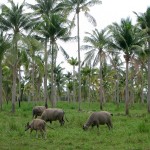

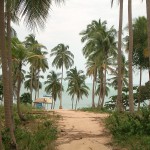
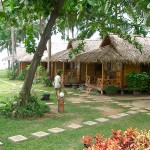
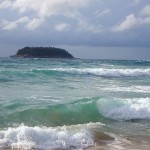
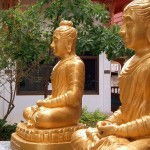
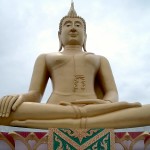
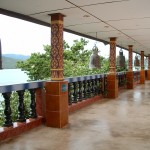
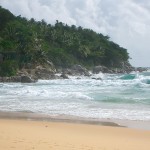
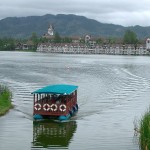
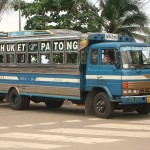
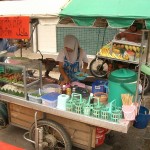
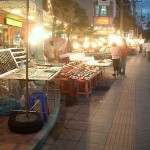
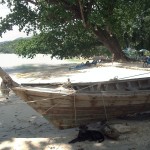
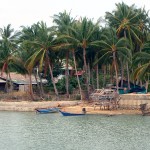
 SHIRTS & HOODIES
SHIRTS & HOODIES 







































